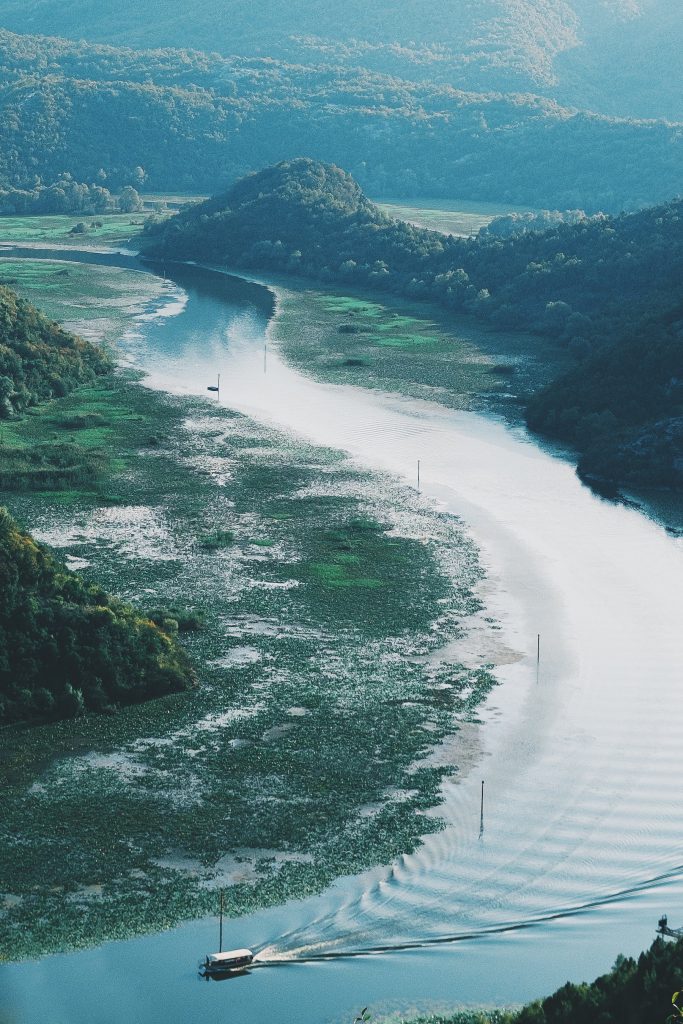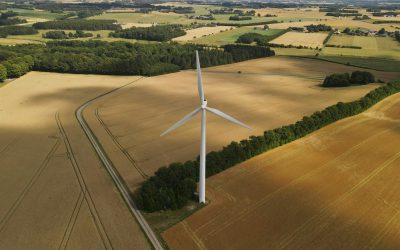The West Balkans Drina River Basin Floating Problem
The Drina River is the biggest tributary of the Sava River, and the last tributary before the Sava meets the Danube in Belgrade. The Drina River Basin covers 80 km² in Bosnia and Herzegovina, Montenegro and Serbia – an area home to 650,000 people. The area is a unique natural resource. The Drina crosses three national parks: the Durmitor National Park in Montenegro, the Sutjeska National Park in Bosnia and the Tara National Park in Serbia. The Drina River Basin is home to the second deepest canyon in the world, the Tara River Canyon. At nearly 100 km long and about 1800 km deep, the canyon is protected as a UNESCO World Heritage site and is a popular river rafting route. [1]
The Drina River Basin is ecologically rich and has major untapped economic potential from hydropower, fisheries, and tourism. But its floods and droughts also pose a major risk to the three countries it spans. For instance, a series of deluges in 2014 swept away an estimated 15% of Bosnia and Herzegovina’s GDP. The frequency and scope of extreme wet and dry episodes in the basin have increased in recent years, and climate change is likely to further accentuate these peaks and troughs. Authorities in Bosnia and Herzegovina, Montenegro, and Serbia have acknowledged that the Basin’s people and economy need effective, long-term, and transboundary cooperation to effectively manage the drought and flood risks. However, there is limited cross-border capacity to manage natural disaster risks and coordinate climate change adaptation.[2]
This important area has come under threat of many unregulated dumps of untreated or inadequately treated waste, and wastewater is discharged into the river and its tributaries. Towns downstream do not have regulated dumping sites and approximately 30% of all flooding waste ends up in the riverbed. According to a study of the Lim River, every year more than 100,000 m3 of organic and PVC waste ends up in the river without any treatment. The disposal of waste from communities, livestock, hospitals and industry – as well as hazardous waste from town dumps – presents everyday risks for all of the river’s ecosystems. [1]
Drina River is the most important cross-border watershed between Bosnia and Herzegovina and the Republic of Serbia. It directly influences the Sava River through waters from the Tuzla Canton watersheds and causes cross-border floods by taking huge waters into the Sava River downstream to Serbia. More specifically for this Action, the Tuzla Canton watersheds including rivers Sapna, Janja, Turija and Drinjača, which directly run into Drina River, and rivers Tinja and Brka, which run into Sava River, need flood protection facilities to protect areas from water in both Bosnia and Herzegovina and Serbia. The Modrac dam on the Spreča River in Tuzla Canton is critical for the protection of the Bosna River downstream area and for regulation of the Bosna River fluxes that influence heavily the Sava River downstream in Serbia. Moreover, a significant number of industrial facilities dealing with polluting and dangerous materials in the Tuzla Canton area present – in case of repeated floods – an environmental threat to both Bosnia and Herzegovina and Serbia. [3]
According to the World Bank, BiH has been at risk of water hazards and natural disasters for years and seasonal flooding and periods of drought affected agriculture and human health. The projected climate change impacts make the country increasingly vulnerable to more intense rainfalls and floods directly affecting the Drina and the Sava. The latter is the largest tributary of the Danube, the second-longest river in Europe, the World Bank explained. [4]
The World Bank was uniquely positioned as a moderator among countries to build trust and promote transboundary communication and cooperation. This convening power was key to achieving the joint implementation of the Drina River Basin Management Project by Bosnia and Herzegovina, Montenegro, and Serbia. Another cornerstone of the project was leveraging knowledge for integrated water resources management. In the past, the three countries exchanged almost no hydro-meteorological information. The project funded new data collection equipment and established protocols and institutional channels for sharing this essential input for modelling and forecasting, planning, disaster response, and management. [2]
Bosnia and Herzegovina obtained a EUR 37 million loan for flood protection projects in the Federation of Bosnia and Herzegovina entity and the Brčko District. The World Bank estimated that about 300,000 people in BiH will be safer from floods from the support it approved. The loan will help geographically expand the first phase of the Sava and Drina Rivers Corridors Integrated Development Program in BiH to include the Federation of Bosnia and Herzegovina entity and Brčko District, the World Bank said. Financing for the Republic of Srpska, the other entity in BiH, was approved in August 2020. [4]
Transboundary cooperation on integrated water resource management is a lengthy process requiring continuous external support over years or decades. The project has opened the gates to this continued collaboration. [2]
[2] Flood Protection and Climate Adaptation for the Drina River Basin (worldbank.org)
[4] BiH gets EUR 37 million loan for flood protection projects (balkangreenenergynews.com)



